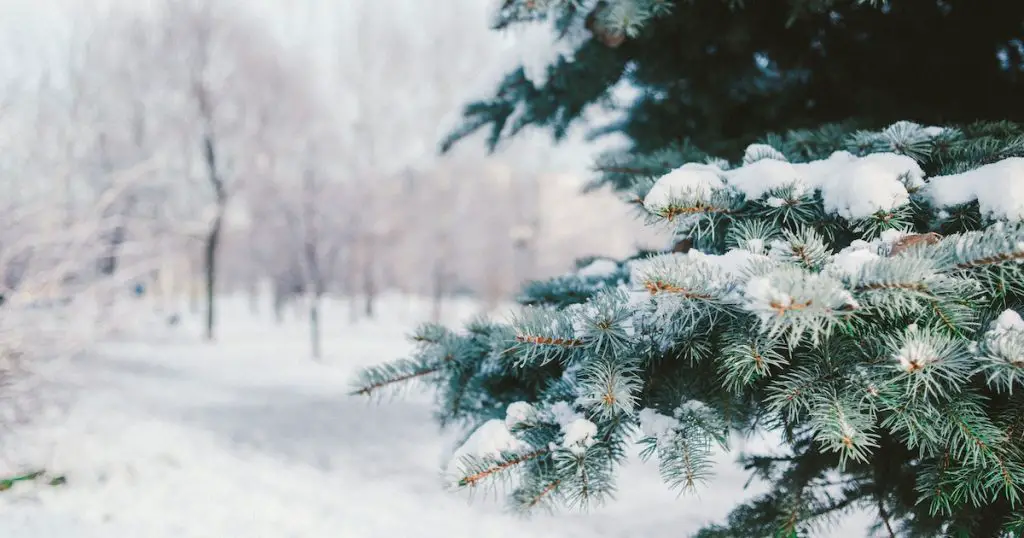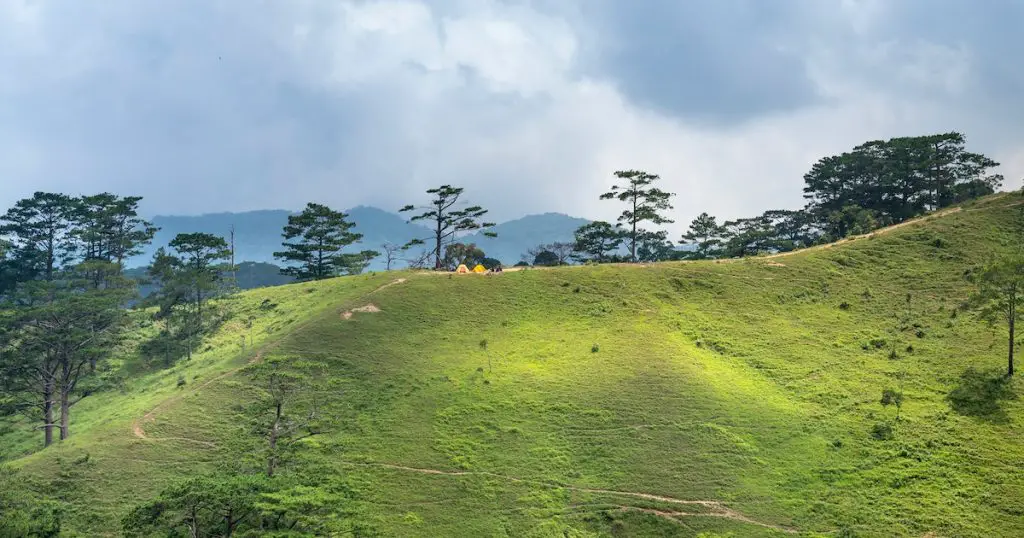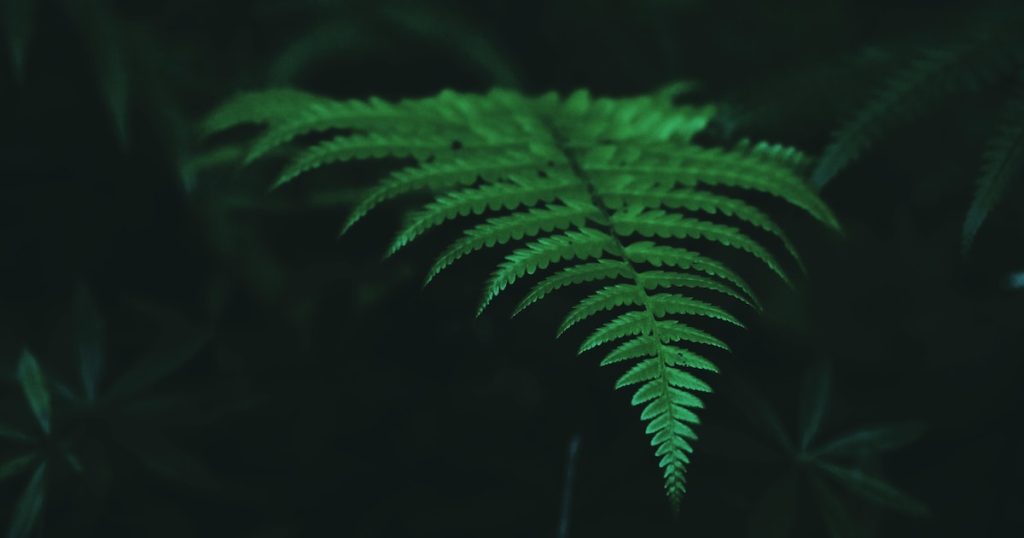Nestled in the heart of Prescott, a trove of botanical wonders tells tales of nature’s intricacies and resiliency. The emphasis on preserving rare plant species in Prescott is not a mere nod to its aesthetic allure but a commitment to safeguarding the pivotal role they play in our ecosystem.

In this exploration, we delve deep into the importance, challenges, and prospects of these verdant custodians.
Historical Context
Spanning the diverse landscapes of Arizona, Prescott’s rich tapestry of plant species is a testament to millennia of ecological evolution. Reflecting on the region’s historical narrative, we find a profound symbiotic relationship between the inhabitants and the flora.
The verdant valleys, craggy terrains, and tranquil meadows of Prescott have birthed a unique array of plants. Early settlers marveled at this botanical richness, often taking time to document and study the varied species. Renowned research institutions like the Arizona Native Plant Society have deep-dived into this history, presenting us with a vivid picture of the area’s botanical evolution.
But no history is without its periods of turmoil. With the onset of the 20th century came challenges that began to threaten this ecological balance. Urbanization, burgeoning human populations, and the consequent shifts in land use started to reshape Prescott’s botanical profile. The Environmental Protection Agency (EPA) has chronicled these shifts, highlighting the nascent challenges faced by preservationists.
Why Rare Plant Species Matter
Rare plants are more than just pretty petals and leaves; they are the keystones of our ecosystem, offering both tangible and intangible benefits.
A single rare plant species can be the linchpin holding together a delicate ecological web. Such species play pivotal roles in soil conservation, nutrition cycles, and pollination processes. Their health often reflects the larger well-being of the ecosystems they inhabit.
Reports from entities like the Nature Conservancy emphasize the myriad ecological benefits rendered by these rare species.
However, their significance isn’t solely ecological. Many of these plant species are interwoven with Prescott’s cultural fabric, serving as symbols of regional identity, heritage, and traditions. From indigenous rituals to folklore tales, these plants have etched their stories into the very soul of the community. Institutions like the Smithsonian Institute are a testament to the deep cultural roots these species have in Prescott.
The Main Threats to Rare Plant Species in Prescott
Navigating the 21st century brings with it a slew of challenges. As Prescott burgeons and evolves, its rare plant species confront multifaceted threats.
One of the most palpable challenges is the wave of urban development. As Prescott transitions into a modern hub, the strain on its green spaces is evident. Expanding infrastructures often encroach upon areas that once teemed with botanical life.

Such transitions, while symbolizing progress, come at the cost of ecological balance. Publications by the World Wildlife Fund (WWF) offer insights into this delicate trade-off.
Yet, urbanization is just the tip of the iceberg. The larger specter of climate change looms, bringing with it unpredictable weather patterns and ecological shifts. These changes put added strain on plant species already teetering on the brink of vulnerability. Comprehensive studies from the Intergovernmental Panel on Climate Change (IPCC) map these challenges, offering a holistic view of the global scenario.
But it’s not just the macro-environmental factors at play. At a micro-level, challenges like invasive species introduction and pollution further exacerbate the situation. Without the checks and balances of their native ecosystems, invasive species often thrive, sidelining the indigenous flora. Sources like National Geographic underscore the profound impacts of such invasions.
Key Rare Plant Species of Concern
To truly understand the gravity of the situation, let’s spotlight a few of Prescott’s rare plant species and their individual stories.
The Prescott Lupine, with its brilliant blue hues, is more than just a visual spectacle. While it has been a resilient member of Prescott’s flora, recent habitat changes pose significant challenges to its survival. Yet, there’s hope. Conservationists, backed by research and community efforts, are striving to ensure that this floral gem continues to grace the region.
Similarly, the Prescott Pine narrates a tale of both decline and resurgence. Logging activities and urban sprawl once threatened its very existence. Yet, through dedicated preservation efforts and a bit of nature’s tenacity, the Pine stands tall, symbolizing the region’s indomitable spirit.
Each species, from the carnivorous Prescott Sundew to the radiant Prescott Orchid, has its unique tale of struggle, resilience, and hope. These stories remind us of the importance of conservation and the role each of us plays in ensuring a greener tomorrow.
Community Initiatives and Preservation Efforts
As awareness grows, so does community involvement. Local initiatives in Prescott have surged in recent years, with citizens, NGOs, and local businesses banding together for the cause of plant preservation.
One inspiring example is the “Green Thumb Initiative,” a grassroots movement spearheaded by Prescott residents. This project encourages households to adopt and care for endangered plant species, turning backyards into mini conservation areas. Local news outlets like the Prescott Daily Courier have documented its success stories, spotlighting the transformative power of community engagement.
Education plays a pivotal role too. Schools across Prescott have integrated ecology and preservation modules into their curriculum. Field trips to local botanical gardens and preservation sites have become commonplace, fostering an early appreciation for the region’s rich botanical heritage. Resources from the Botanical Society of America have been instrumental in shaping these educational endeavors.

Government Involvement and Policy Measures
Effective preservation isn’t just a grassroots endeavor. Legislative backing and government initiatives can amplify the impact manifold.
The Prescott Plant Preservation Act is one such landmark legislation. Enacted a few years ago, it offers protective measures for rare plant species, mandates specific urban planning guidelines, and even provides incentives for businesses engaging in preservation activities. In-depth analyses available on the Arizona State Legislature’s website outline the Act’s intricacies and its forward-thinking approach.
On the ground, governmental bodies like the Prescott Parks and Recreation Department have been diligently creating and maintaining green spaces, ensuring habitats for these rare species aren’t lost amidst the urban sprawl. Their efforts, documented in their annual reports, paint a hopeful picture for the future.
The Road Ahead: Future Prospects and Predictions
Preservation is an ongoing journey, and the road ahead, while filled with challenges, also holds promise. With the growing convergence of technology and ecology, digital tools are enhancing preservation efforts.
Drones, for instance, monitor large swathes of land, ensuring timely interventions. Predictive algorithms, leveraging data from sources like NASA’s Earth Science Division, provide insights into potential threats, allowing for proactive measures.

Furthermore, the rise of eco-tourism in Prescott is turning preservation into an economic advantage. Travelers, lured by the region’s unique flora, bring revenue, making conservation a win-win endeavor. Travel magazines such as Lonely Planet have even highlighted Prescott as a must-visit for nature enthusiasts.
FAQ:
In this section, we will be delving into some of the most common inquiries and curiosities that surround our topic.
What are some of the most endangered plant species in Prescott?
The Prescott Lupine, Pine, Sundew, and Orchid are among the most at risk. Their unique ecological niches make their preservation essential.
How can I get involved in local preservation efforts?
Numerous community initiatives, such as the “Green Thumb Initiative,” offer opportunities for participation. Schools, NGOs, and local councils frequently host events and workshops centred on preservation.
Has the Prescott Plant Preservation Act seen success?
Yes, since its enactment, there’s been a marked increase in protected green spaces, and several species have seen a rebound in their numbers.
Conclusion: Preservation efforts for rare plant species in Prescott
Prescott’s commitment to its rare plant species is more than just an ecological endeavour; it’s a heartening testament to community spirit, foresight, and the symbiotic bond between humans and nature.
As we move forward, bolstered by technological advances, community engagement, and legislative backing, the dream of a lush, green Prescott, where rare plants thrive and flourish, seems not just possible but inevitable. The green guardians of Prescott beckon us all to join this collective journey, ensuring a verdant legacy for generations to come.



Leave a Comment
You must be logged in to post a comment.